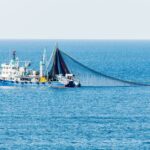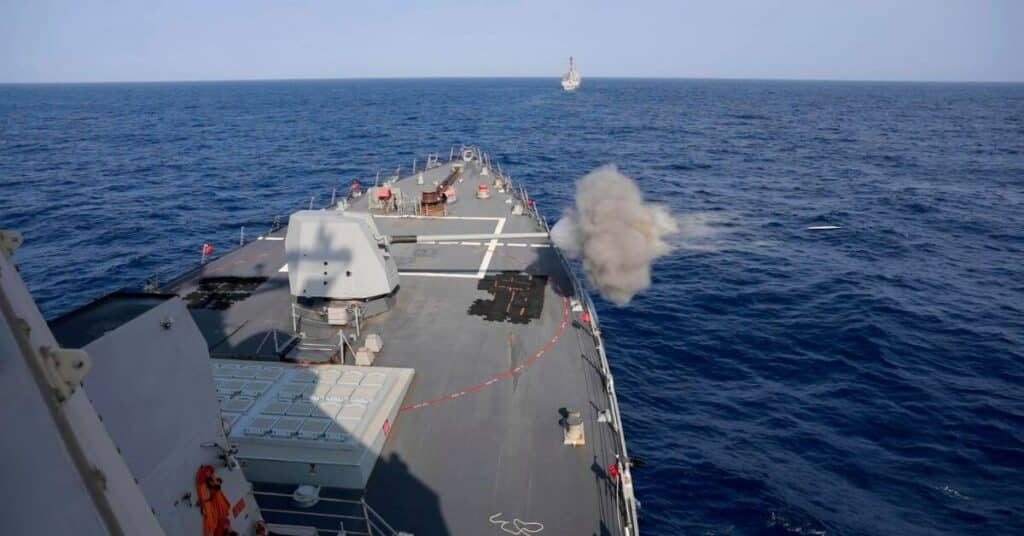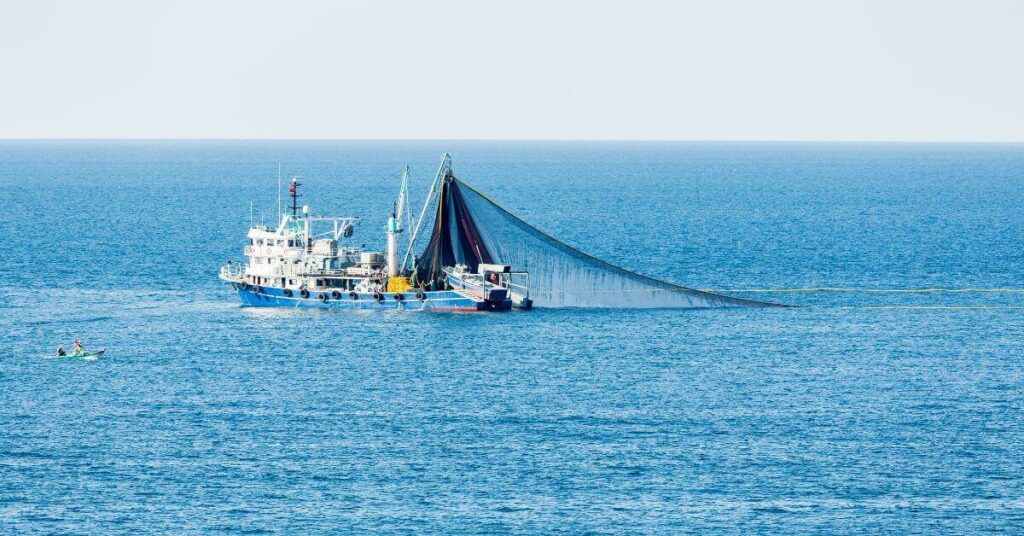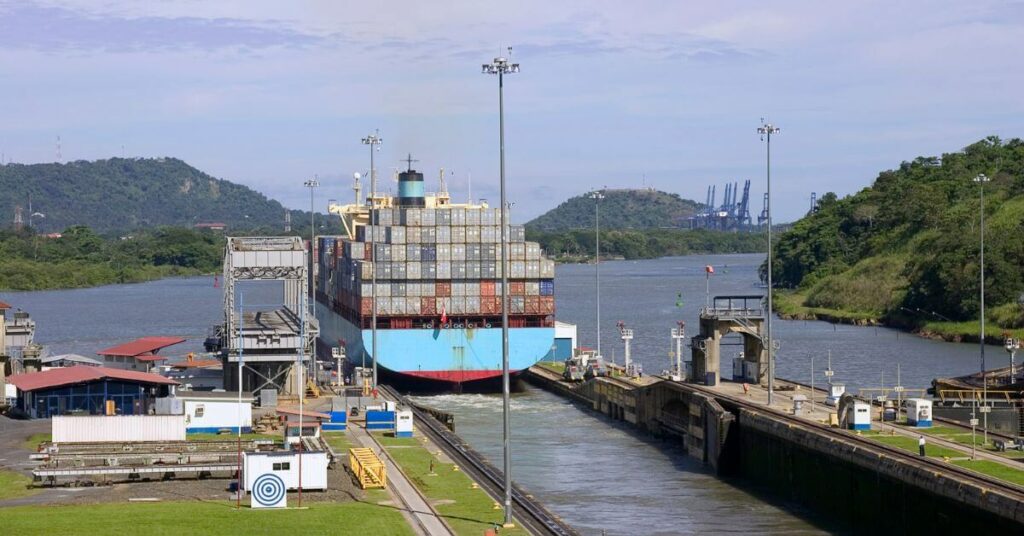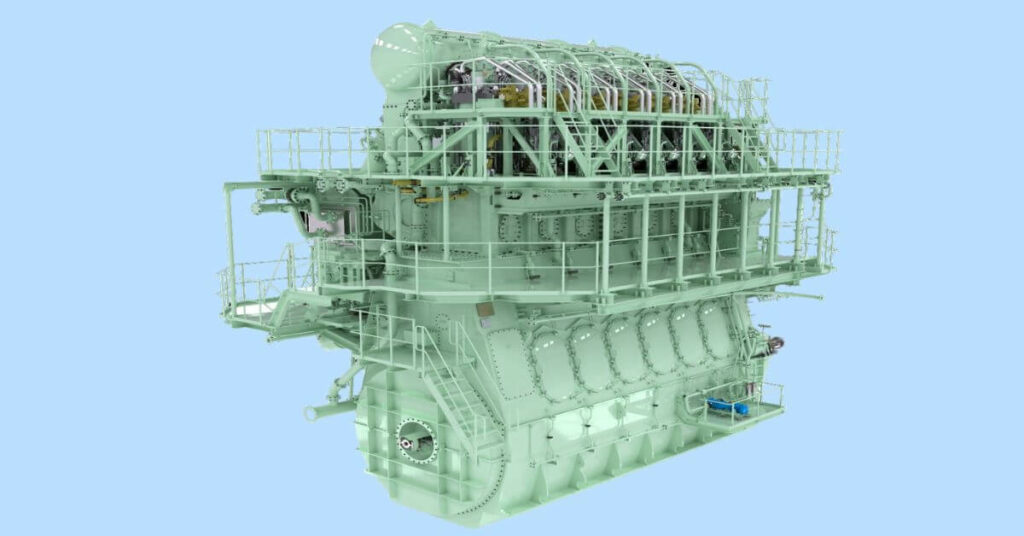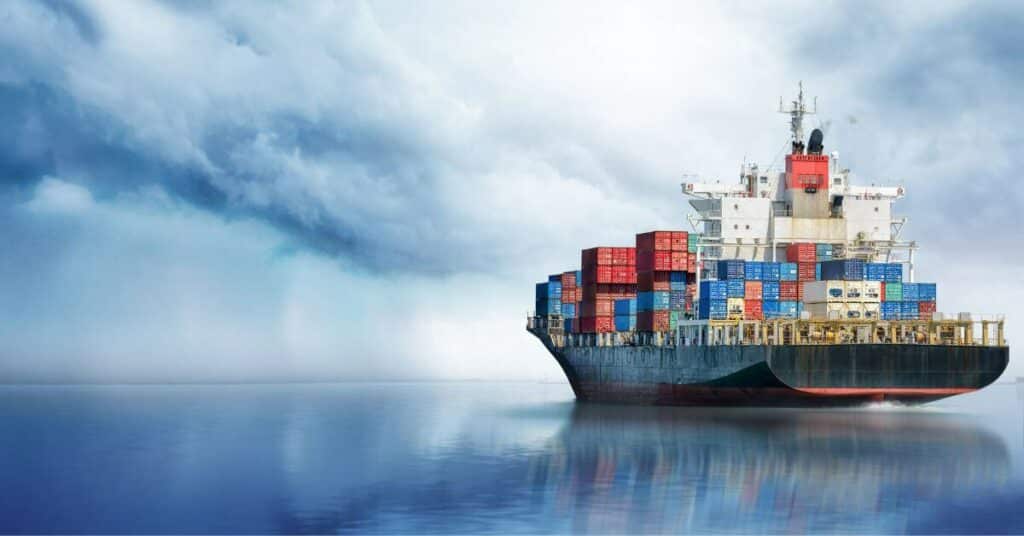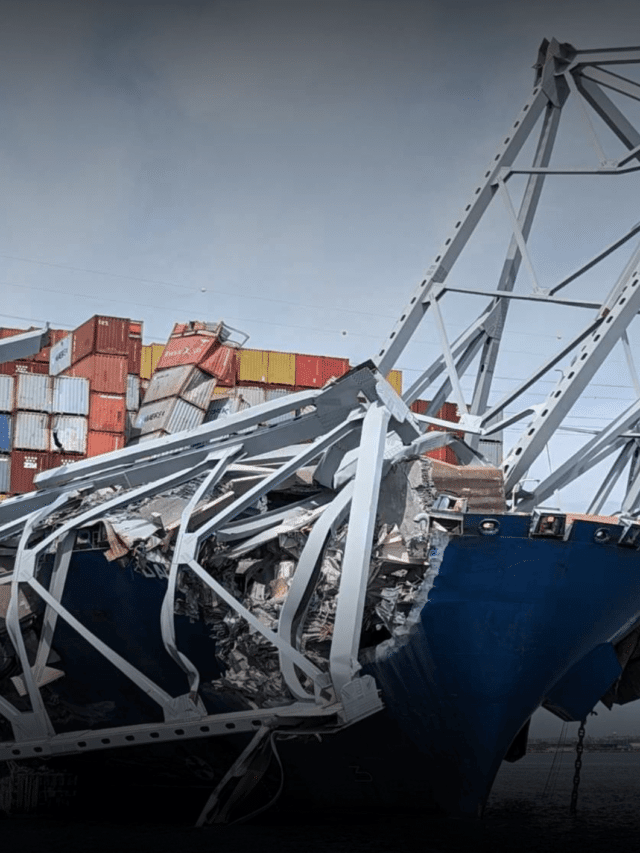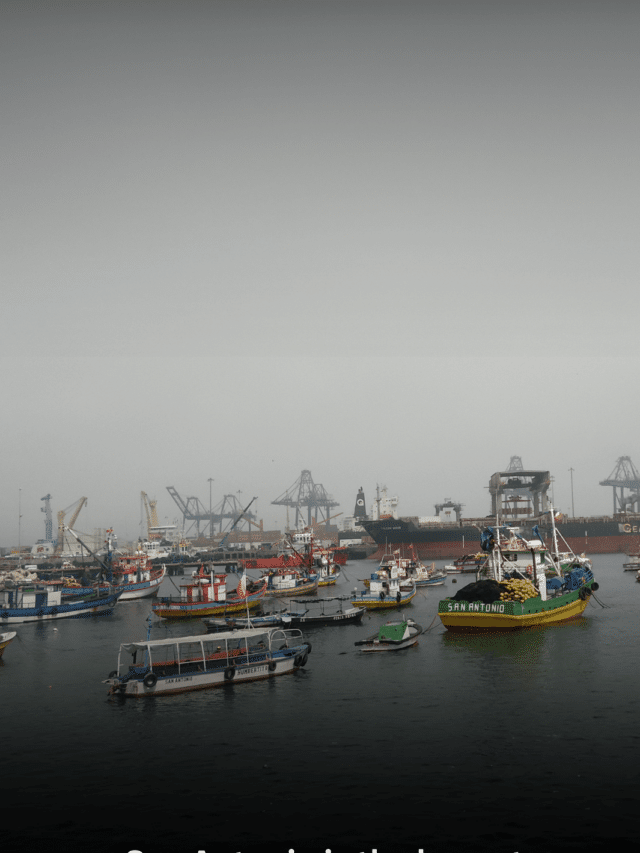Norway-Based Archaeologists Discover A 700-Year-Old Shipwreck
Archaeologists surveying the bottom of Norway’s biggest lake believe that they have successfully discovered the remains of a 700-year-old vessel, the Norwegian Defence Research Establishment declared in a statement.
Lake Mjøsa, located approximately 60 miles north of Oslo, has been a busy trade channel since the Viking Age; between the 1940s and 1970s, it served as a dumping ground for all kinds of surplus ammunition.
Scientists had been mapping the bottom of the lake to locate surplus weapons—they were also expecting to discover some older artefacts.
Finding the wreck was nearly a byproduct of the original mission of mapping dumped munitions, Øyvind Ødegård, an experienced marine archaeologist associated with the Norwegian University of Science and Technology, explains Live Science’s Tom Metcalfe.
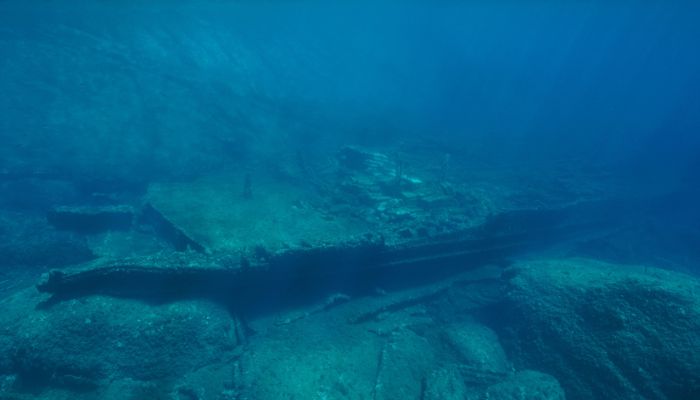
On analyzing the sonar images, archaeologists thought the ship was constructed with wood and measured 33 feet in length. It is located at a depth of 1,350 feet below the surface.
Even though the images are somewhat fuzzy, researchers can still make out the stern which suggests the crew members constructed the vessel after the 1300s. Before that, the shipbuilders focused on building Viking ships, which were identical on both ends. After about 1300, vessels had different bows and sterns.
Based on the images, archaeologists consider that the ship’s builders used a Norse technique that involved overlapping planks of the hull to make it lighter.
The result is known as a “clinker-built” vessel. Later, shipbuilders started constructing “carvel-built” ships with joined planks.
Archaeologists suspect that the vessel boasts a central rudder; however, the Viking ship rudders were typically located on the hull’s right side. At the same time, the ship may come with a single mast and a square sail, like a Viking vessel.
So far, researchers have not been able to get a more appealing look at the vessel with cameras due to bad weather and lack of visibility. They are hoping that they can scope out the shipwreck extensively in 2023.
About 20 shipwrecks were identified in the lake’s shallow waters. But this is the first-ever expedition that aimed to explore the deeper parts of the lake beyond 20 to 30 meters, typically accessible to scuba divers.
Archaeologists might also find other artefacts and shipwrecks before the work is done. So far, they could map 15 square miles of the lake that stretches for square miles per mile using an autonomous underwater vehicle known as the Hugin. As Ødegård tells Science Norway’s Ida Irene Bergstrøm, the lake is “like a mini-ocean.”
Since this is a freshwater lake, the wood in a ship like this is preserved, he specified.
The metal can rust, and the ship can lose its structure, but the wood will remain intact. A similar vessel to the one we now discovered wouldn’t have survived for over a few decades if it had gone down on the coast. So if we have to find a Viking shipwreck somewhere in Norway, then Mjøsa is likely the place with the highest potential for a find of this kind.
References: Smithsonian Mag, Ancient Origins
Disclaimer :
The information contained in this website is for general information purposes only. While we endeavour to keep the information up to date and correct, we make no representations or warranties of any kind, express or implied, about the completeness, accuracy, reliability, suitability or availability with respect to the website or the information, products, services, or related graphics contained on the website for any purpose. Any reliance you place on such information is therefore strictly at your own risk.
In no event will we be liable for any loss or damage including without limitation, indirect or consequential loss or damage, or any loss or damage whatsoever arising from loss of data or profits arising out of, or in connection with, the use of this website.
Disclaimer :
The information contained in this website is for general information purposes only. While we endeavour to keep the information up to date and correct, we make no representations or warranties of any kind, express or implied, about the completeness, accuracy, reliability, suitability or availability with respect to the website or the information, products, services, or related graphics contained on the website for any purpose. Any reliance you place on such information is therefore strictly at your own risk.
About Author
Marine Insight News Network is a premier source for up-to-date, comprehensive, and insightful coverage of the maritime industry. Dedicated to offering the latest news, trends, and analyses in shipping, marine technology, regulations, and global maritime affairs, Marine Insight News Network prides itself on delivering accurate, engaging, and relevant information.

About Author
Marine Insight News Network is a premier source for up-to-date, comprehensive, and insightful coverage of the maritime industry. Dedicated to offering the latest news, trends, and analyses in shipping, marine technology, regulations, and global maritime affairs, Marine Insight News Network prides itself on delivering accurate, engaging, and relevant information.
Do you have info to share with us ? Suggest a correction
- U.S Navy Fired $1 billion In Missiles To Counter Iran & Houthis In Middle East, Says Navy Secretary
- U.S Navy Warships Fire SM-3 Missiles For the First Time To Shoot Down Iranian Missiles
- Greece Becomes 1st European Nation To Ban Bottom Trawling In Marine Parks & Protected Areas
- Panama Canal Authority Increases Ship Booking Slots & Maximum Allowable Draft As Water Levels Improve
- World’s Largest Car Carriers Set to Be Powered By MAN ES Propulsion Package
- Howden Offers War Risk Cargo Insurance Covering Red Sea Ships Against Drone & Missile Attacks
Latest Shipping News Articles You Would Like:
Subscribe To Our Newsletters
By subscribing, you agree to our Privacy Policy and may receive occasional deal communications; you can unsubscribe anytime.
Web Stories





